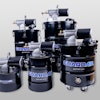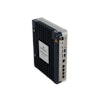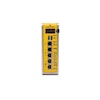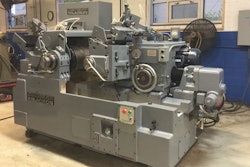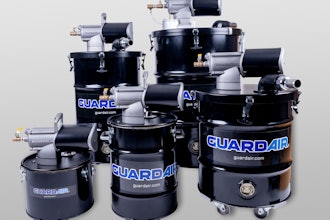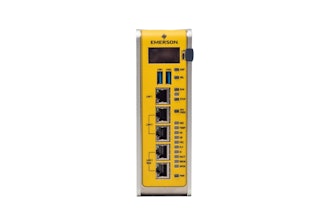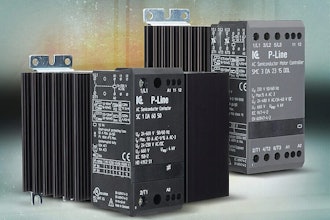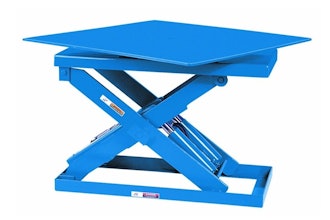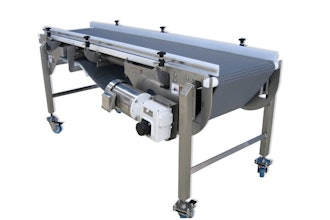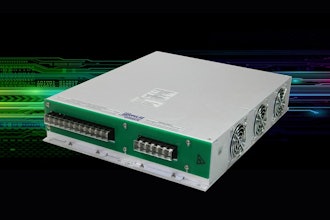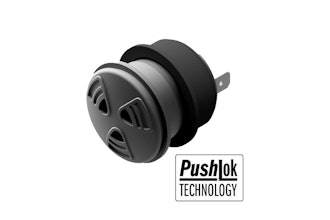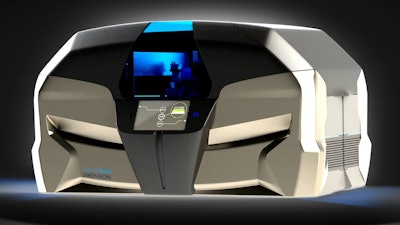
Nano Dimension, a company that works with 3D-printed electronics, announced today that its wholly owned subsidiary, Nano Dimension Technologies, has filed a patent application with the U.S. Patent and Trademark Office for the 3D printing of stem cells.
The patent covers a number of aspects relating to 3D printing of human tissues and organs by using stem cells and inkjet technology.
The patent application concerns converting MRI and CT scans and resulting images in order to create a 3D structure of organs, to be printed in a 3D printer adapted to biological materials.
Moreover, the patent application discloses the biological structure of the tissue or organ, enabled by the use of a 3D bioprinter and bioink materials.
The application also discloses the use of a proprietary software with an algorithm that analyzes the 3D structure of the tissue or organ. This analysis converts the 3D structure into two dimensional slices, a process required for 3D printing of the final structure.
Last week, Nano Dimension announced a successful proof of concept by 3D printing stem cells in collaboration with Accellta Ltd., a company headquartered in Haifa, Israel, that has developed proprietary technologies for the production of high quality stem cells, progenitors and differentiation.
Founded in 2012, Nano Dimension focuses on development of advanced 3D printed electronics systems and advanced additive manufacturing.
The company's products combine three advanced technologies: 3D inkjet, 3D software and nanomaterials. The primary technology is a 3D printer dedicated to printing multi-layer PCBs and advanced nanotechnology-based conductive and dielectric inks.

